A Day with Team Vole
Voles are rodents, and similar to mice, it seems like once they’re around they don’t go away. The plots that Sarah and I monitor for phenology have been torn up by voles, and each week we go out there it seems like they’ve eaten up a different tussock or dug a new hole in another plot. When we first started monitoring, before we realized the intensity of the voles, we placed little wooden squares out to use as markers for our thaw depth measurements. By the next time we went out there, they were all gone, eaten by the voles, save for two tiny pieces (which we of course saved as evidence of their crime).
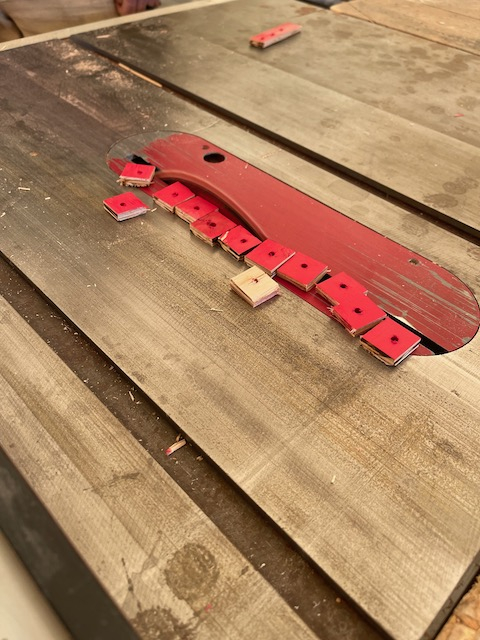
Our regularly scheduled field work has gotten to a pretty stable point: trams and phenology are run as smoothly as possible (with a few exceptions due to poor weather conditions), and with the addition of the new pollinator crew there’s more than enough of us to make sure everything gets done. So when Team Vole asked for help to fix their enclosure fences, Sarah and I jumped on the opportunity to learn more about what they’re doing.
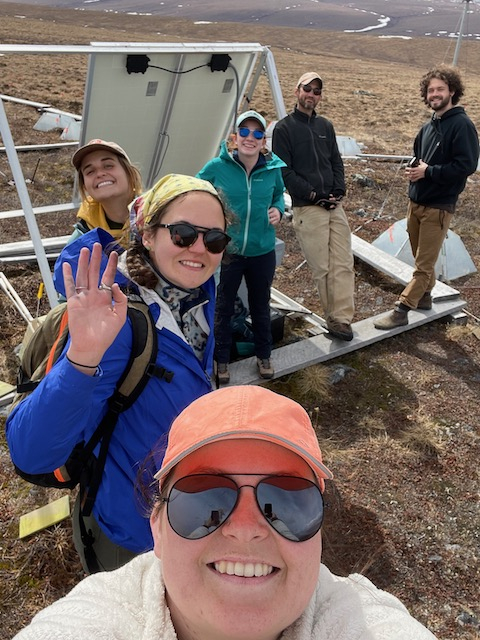
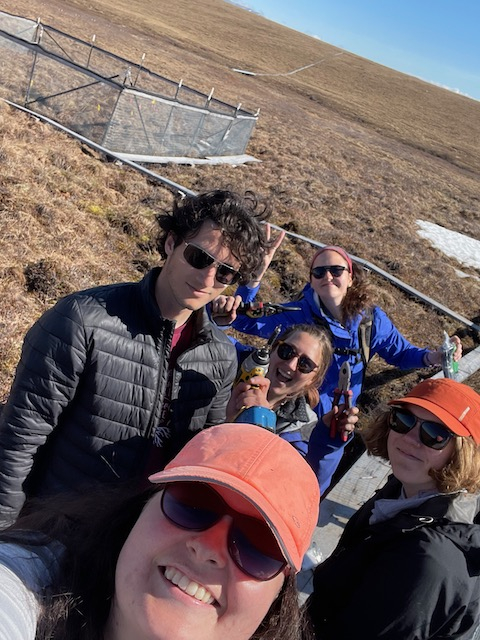
In general, one of the interests of the group is seeing how the effects of vole damage impacts the growth of plants in subsequent years. That being said, the group has set up three fenced in spaces: one that acts as a control and has no voles in it, and two spaces in which voles are added at specific densities and/or time intervals. To make sure that all the variables are held stable, the fences have to be in tip top shape, and since voles are tiny and can squeeze through small spaces, even the smallest of holes have to be patched.
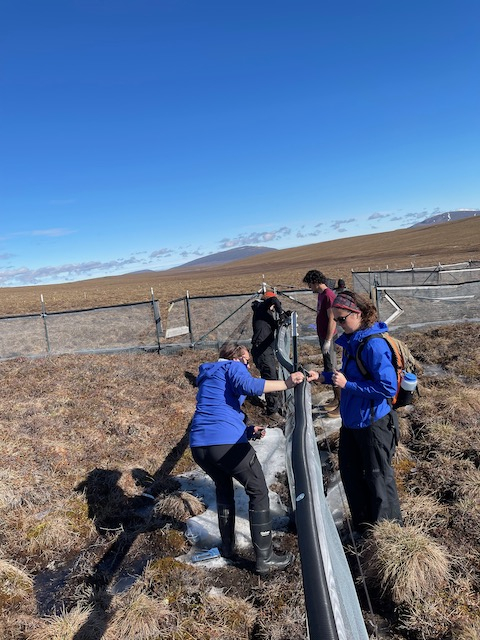
If you're interested in knowing more about team vole, you can follow them on instagram @teamvole
The Waiting Game
One of the biggest realizations I’ve had while here is how much time has to be spent on “non-science” in order for the science to happen, whether that be setting up zip-lines, fixing fences, or even just waiting on snow to melt. Field science has so many variables that are unpredictable and unmanageable that often it becomes a waiting game.
Another great example of this came later in the same day. After helping Team Vole with their fences, Sarah, Jeremy, and I piled into the car to head back to Imnavait to run the tram. It had been sprinkling a little, but an afternoon sprinkle is a fairly common occurrence around here so we hoped that it would quickly move on its way.
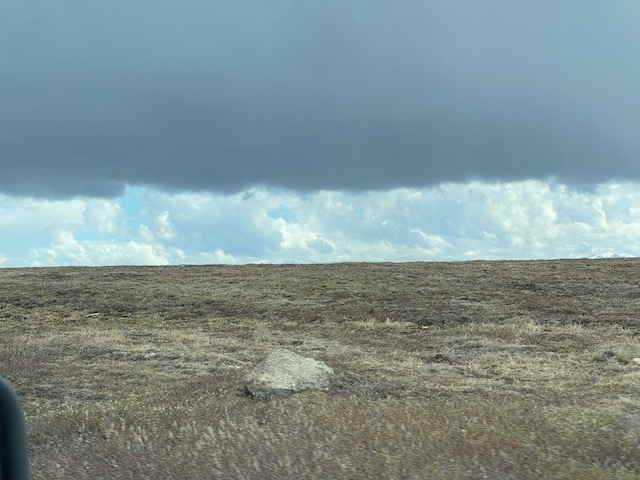
Instead, we found ourselves in the middle of a hailstorm. While it only lasted about 30 minutes, the amount of hail was considerable and would have messed up any measurements taken by the tram, so after taking some photos to prove to everyone it happened, we ended up driving back to camp.
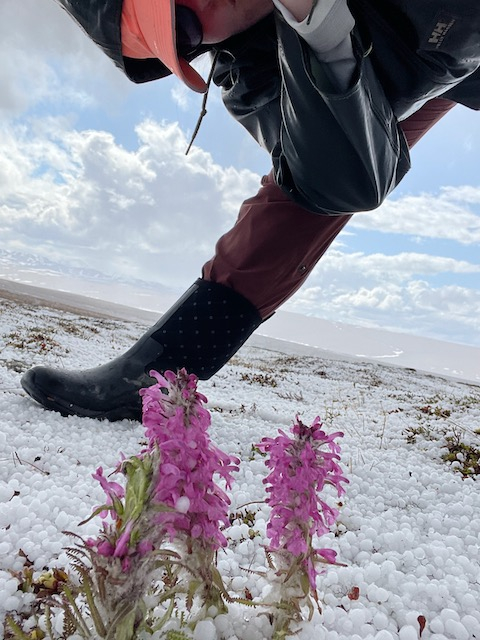
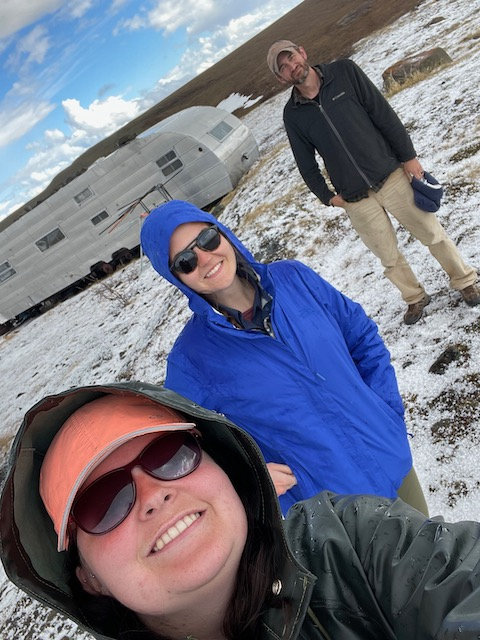
Three minutes down the road and the sun was shining as if it hadn’t even rained that day. Sometimes being up here is such a wild ride!
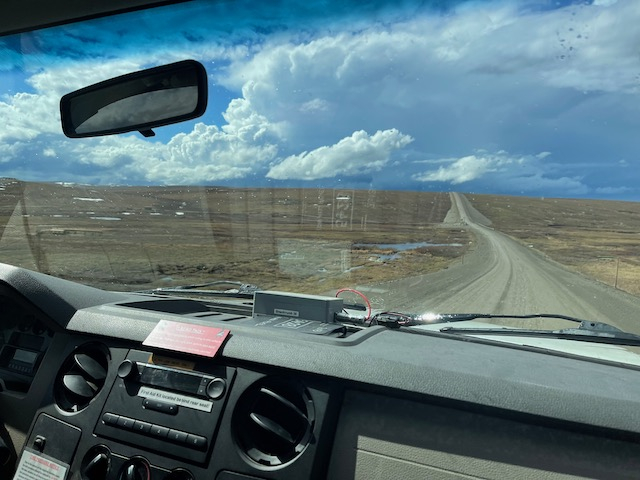
Upcoming: PolarConnect
This week, I will be hosting PolarConnect – a live virtual event in which you can join me and my team as we discuss the science we’ve been working on over the past few weeks and then answer any questions you have about the experiences of completing field work in such a remote location!
The event will be held on Tuesday, June 15th at 10 a.m. Alaska Time (11 a.m. Pacific, 12 p.m. Mountain, 1 p.m. Central, 2 p.m. Eastern), and will last for roughly an hour. Anyone and everyone is welcome to join by clicking on the registration link below. Once you have registered, information regarding the event (like the zoom link!) will be sent to your email.
Please share with your networks and join us in expanding the accessibility of Arctic science!


Comments